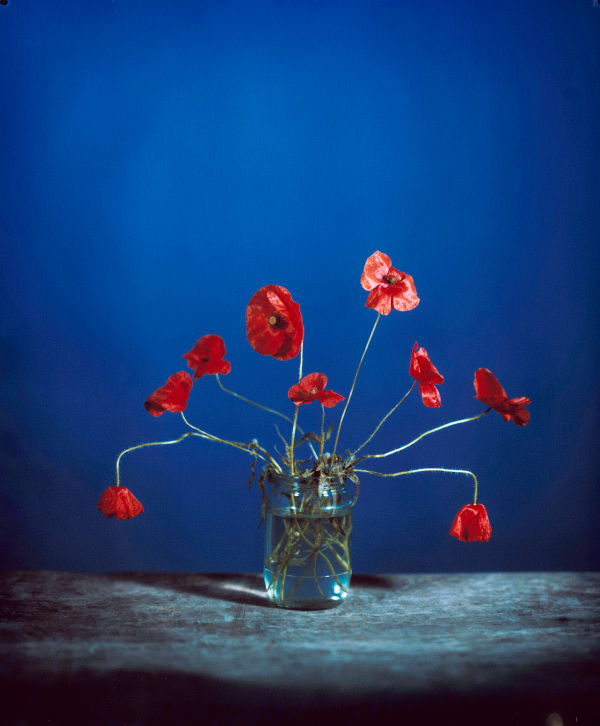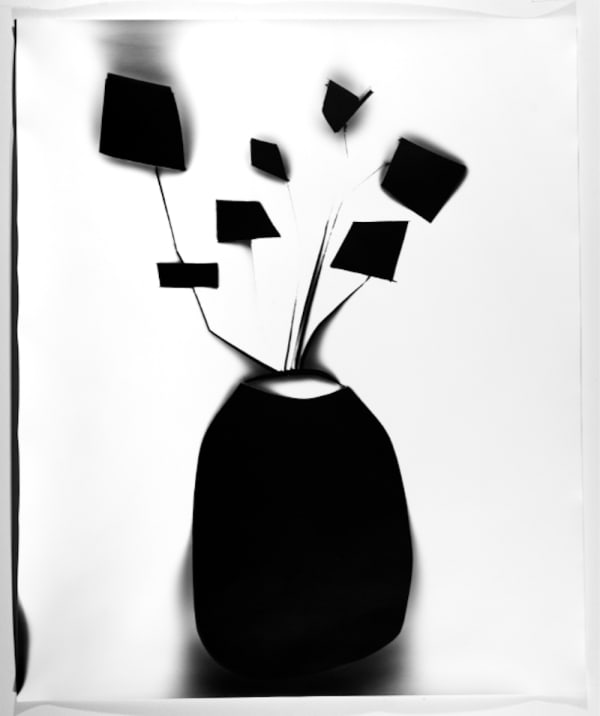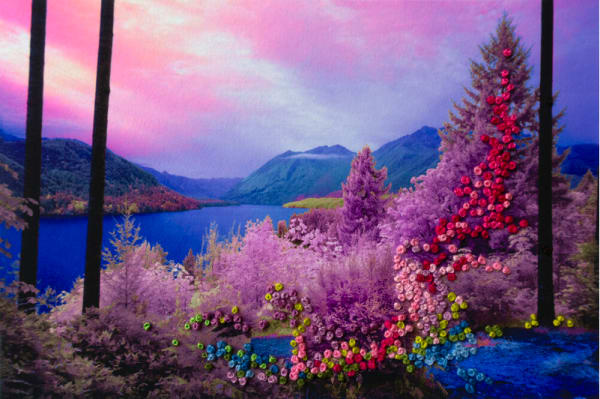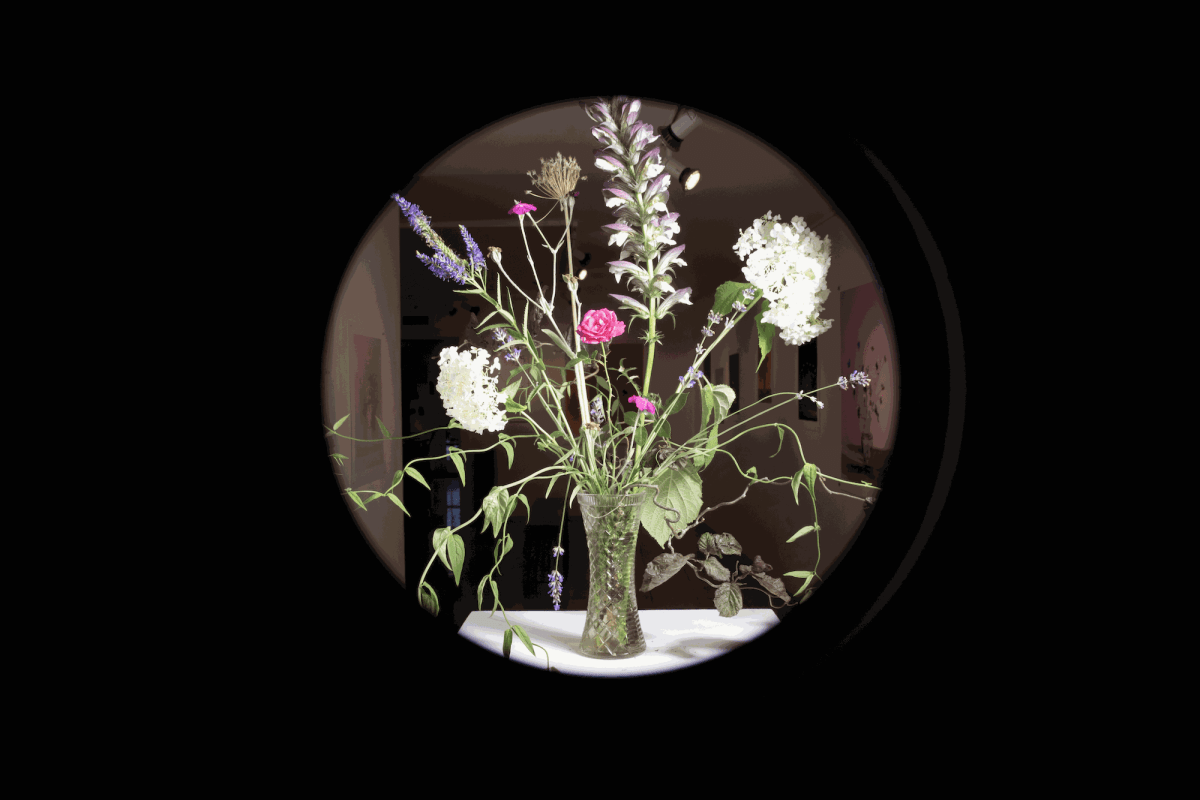Signs of Spring: Brendan Barry ・ Adriene Hughes ・ Eleanor Macnair ・ Steve Macleod ・ Liz Nielsen
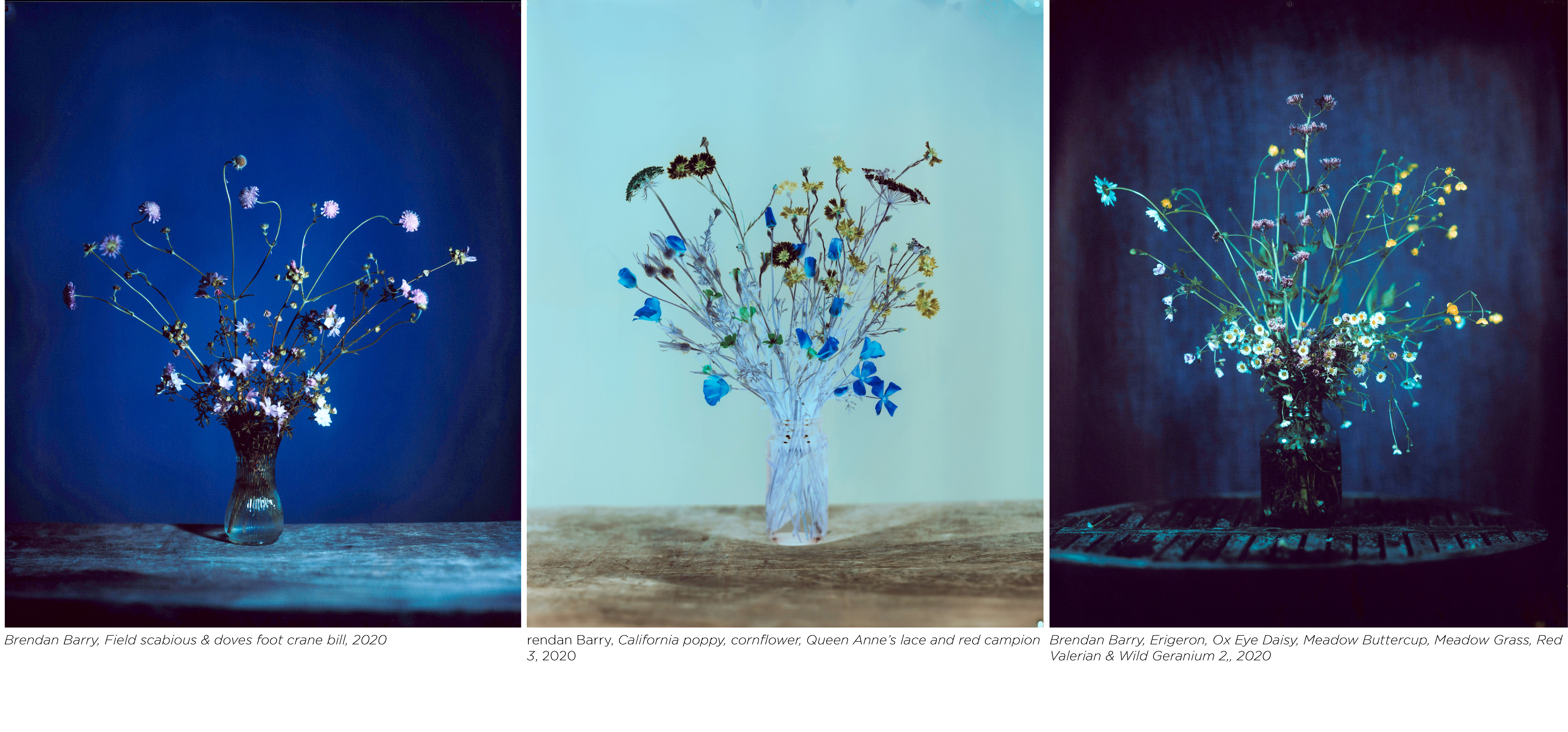
Black Box Projects is delighted to reopen the gallery after a long year of lockdown restrictions and closure with a group exhibition, introducing three new artists to the gallery roster, and all new works from gallery favourites. The exhibition, Signs of Spring brings together a collection of photographic works by Brendan Barry, Liz Nielsen, Eleonor Macnair, Adriene Hughes and Steve Macleod. The resulting artworks are a culmination of a necessity to adapt and to re-think their ways of making during the pandemic. From working with Play-Doh to using a hand-made camera obscura, these artists employ innovative means of creating unique work with the resources available to them.
The exhibition will include works created using a variety of historical and contemporary photographic techniques including cyanotypes, photograms, embroidered interventions, photographs made using handmade cameras as well as skilful re-constructions from Play-Doh. The artists' shared approach to photography is experimental and boundary pushing, driven by a return to a slow, hands-on approach to making. Their works depart from the use of photography as an automated process and instead the medium is used in a way that celebrates the intervention of the artists' hand.
Signs of Spring presents a colourful and uplifting collection of unique and editioned work that celebrates a shared reconnection to nature and the resilience of the creative drive, whilst exploring ideas surrounding environmental responsibility, mental and physical wellbeing, time, materiality, as well as the meditative and even restorative process of making a photograph.
Black Box Projects is thrilled to offer gallery visitors an immersive camera obscura experience alongside the exhibition, built by artist Brendan Barry. By projecting the busy streets of South Kensington on the walls of the gallery, Barry lends insight into how he created his own photographic work during lockdown. The camera obscura brings the bustling street life into the gallery space, a symbolic welcoming of the city's slow return to normality while also celebrating Black Box Projects' reopening and relaunch in Cromwell Place, our new gallery home.
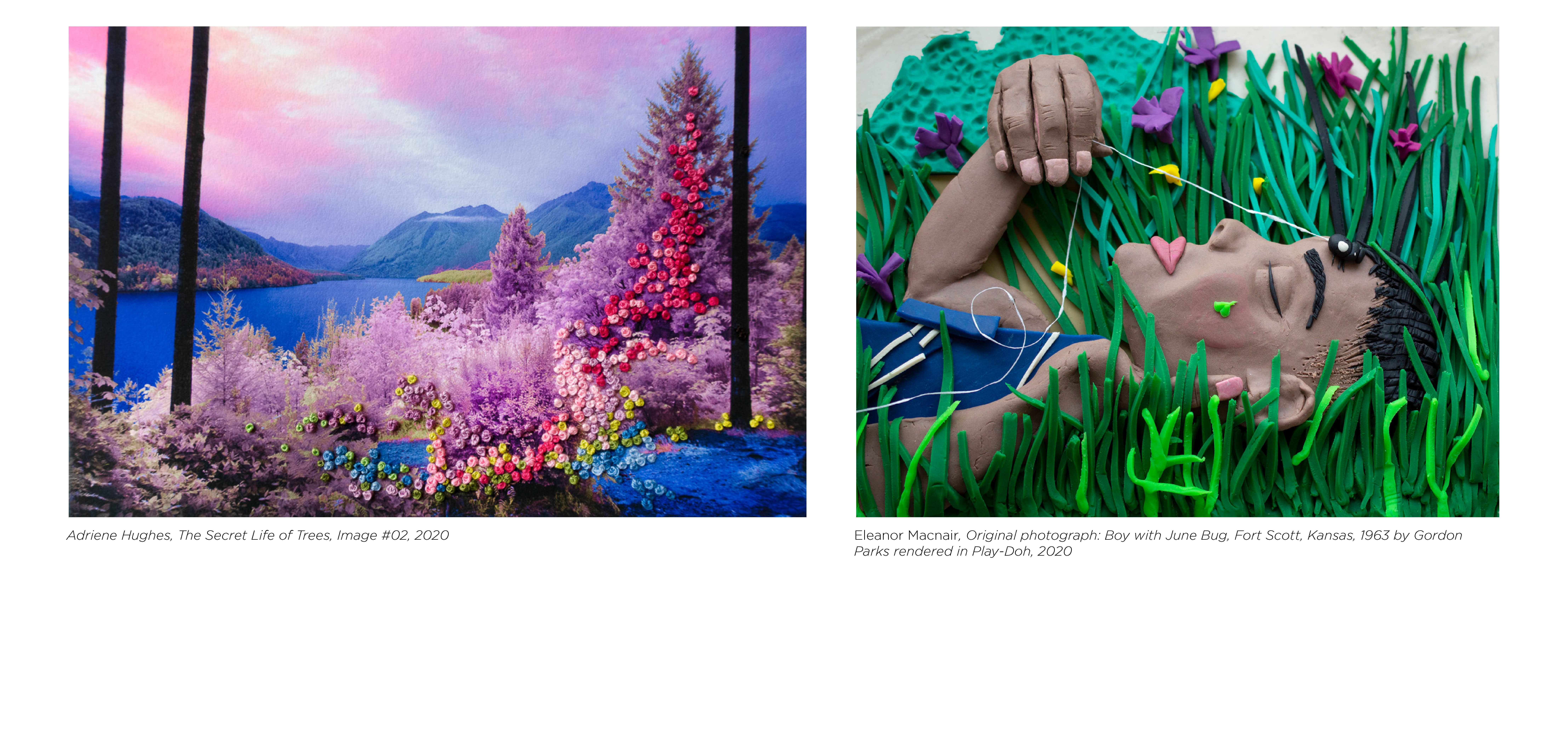
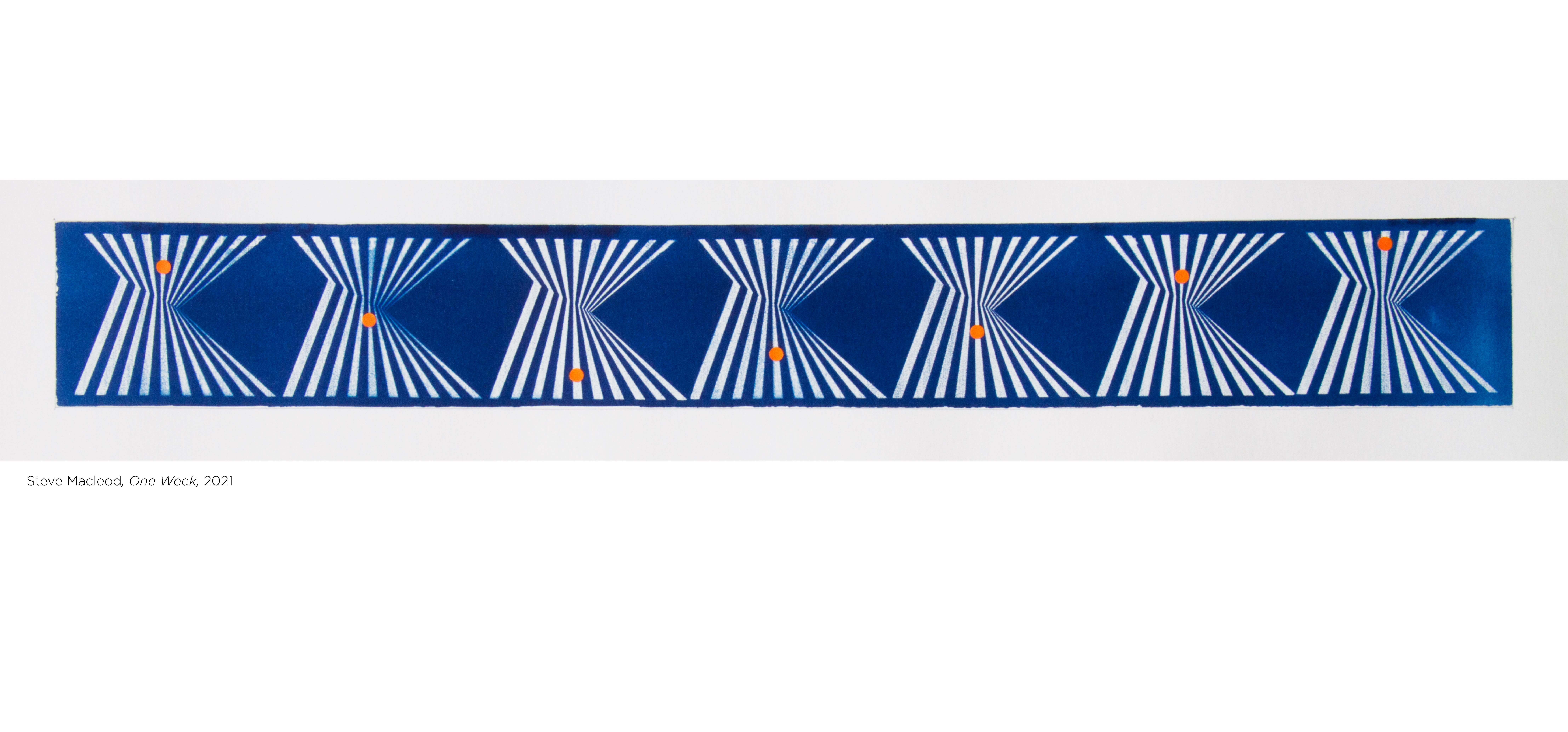 About the artists
About the artists
Brendan Barry (England, lives in Exeter) is a photographer, educator and camera builder, whose practice combines elements of construction, education, performance and participation. His work is mostly concerned with the transformation of different objects and environments into spaces capable of viewing and capturing a photographic image. Using the mechanics of the medium, he challenges the conventional understanding of the photographic apparatus as a means of inviting audience collaboration and exploration. His most recent body of work, Wildflowers picked on walks with Bea, arose from his daily walks with his daughter during the lockdown year. They started picking wildflowers, bringing them home and arranging them into still lives, which would be then captured using a camera obscura and darkroom that Barry had constructed out of his garden shed. The emerging series touches on themes of family, health & wellbeing and a connection with nature. By shooting directly on to photographic paper using a homemade camera obscura and using a meticulously developed colour reversal method, Barry creates large scale unique works that are the results of a lengthy and laborious process in the darkroom. The photographs are hard to achieve, with successful exposure times sometimes taking up to eight hours. This time spent with the process of making is not only an opportunity to engage with artistry of analogue photography, but also a time of solitude and peacefulness to observe the bird song of the night and the wonders of his everyday surroundings that had previously gone unnoticed.
Adriene Hughes (USA, Lives in California) is a multi-media artist whose current body of work focuses on grand landscapes and the effects of global warming on the environment through the use of infrared technology, photography, and embroidery. Hughes' project The Secret Life of Trees, began as a series of photographs in 2017 taken during a forest fire in Washington State with the use of an infrared camera. The colours are an anomaly: they are the product of infrared light bending through smoke, combined with a chemical reaction in the leaves that registered a forest in the throes of distress. Through a phenomenon known as the mycorrhizal network, the communities of trees and plants are able to communicate through a complex fungal system. In 2020 Hughes revisited these infrared photographs and reworked them by incorporating embroidery details into the compositions. The artist's intervention of embroidery envisions what these biochemical and electrical signals between trees and plant-life would look like if they were visible to the eye
Eleanor Macnair's (England, lives in London) approach to her photographic process is playful and inquisitive. Taking both iconic and lesser-known photographs and reconstructing them out of Play-Doh, she pares the original images down to their most simple forms and colours. The act of studying and recreating these two-dimensional images into a colourful sculptural form out of Play-Doh allows the artist the opportunity to slow down the act of viewing and to truly examine an image, a challenge she also sets for those viewers who encounter her work. Using amateur tools of Play-Doh, a chopping board, a scalpel and an empty wine bottle as a rolling pin, the works are skilfully constructed with commonplace household materials and with a child-like whimsy for play. Macnair's photographic renderings in Play-Doh offer a playful and accessible platform into a greater history of photography, its masters and iconic imagery that define the medium, alongside lesser-known works with the aim of bringing them to them to the fore. Her works are often formed into categories such as 'sofas', 'birds' or 'foliage', grouping works by incidental subject matter rather than historical or critical means to disrupt the canon and question how we judge art. On the surface, photographs can condense complex ideas and present them in a straightforward visual language. However, by distilling these seemingly familiar compositions down to basic forms, Macnair hopes to encourage viewers to slow down, take time when looking and to re-engage with and rediscover familiar works.
Steve Macleod (Scotland, lives in London) is inspired by the Pictorial movement popularised in the late 19th and early 20th centuries. For a Pictorialist, a photograph, like a painting, drawing or engraving, is a way of projecting an emotional intent into the viewer's realm of imagination. His works often utilise chiaroscuro elements of light and shade creating a melancholic, expressive mood. Macleod shoots on a large-format camera with a consistently systematic and meticulous approach so that he can absorb and slow the pace of the images. He creates a stillness, a sense of extended present time through narrow depth of field and camera movements, there is an obtuse visibility of detail - the aim is to question what lies between the elements beyond and within photographs, by decelerating the process of photography, with a distilled focus on the basic principles of making. In 2020-21 Macleod began working in an abstracted visual language with his new and ongoing series, "One day, one week, one month, one year", which presents an alternative, stripped back interpretation of the landscape. Inspired by the "razzle-dazzle" camouflage technique of WWI warships, Macleod applied these bold geometric shapes and design-heavy abstraction to his own practice using the repetition of line and form to represent each passing day of lockdown through the hand printing process of cyanotype, with a contrasting orange dots applied to signify his mental state and mood on any given day of the lockdown year. The resulting works from this series present a mapping of both time and mental state within a re-envisioned abstracted landscape.
Liz Nielsen (USA, lives in New York) uses a contemporary application of one of the best-known avant-garde photographic processes - the photogram - which was first mastered by Man Ray and Maholy-Nagy at the beginning of the 20th Century. Each unique colour image is created without a camera by placing objects directly onto photographic paper and exposing them to light. 'The final outcomes are pre-planned with strong intention and formally composed,' she explains, 'but because I'm working with light, they always have some surprises. The light bleeds and spills and doesn't want to be contained.' In 2020 Liz Nielsen moved away from her trademark saturated colour compositions and began working with silver gelatin photogram processes in her apartment in Brooklyn. Unable to go to her studio and the colour processing labs, Nielsen exposed and developed her monochrome photograms in her darkened bathroom.
Due to increased Covid-safety measures, it is essential to book your visit to Black Box Projects and Cromwell Place. Please note masks are required throughout the exhibitions.
Opening Times: Wednesday-Saturday, 10am-6pm and Sunday 10am-4pm. And by appointment.
Address: 1-5 Cromwell Place, Gallery 3, London SW7 2JE
-
 Liz Nielsen, 4 of a Kind, 2020
Liz Nielsen, 4 of a Kind, 2020 -
 Adriene Hughes, The Secret Life of Trees, Image #01, 2019
Adriene Hughes, The Secret Life of Trees, Image #01, 2019 -
 Brendan Barry, Common Poppy, 2020
Brendan Barry, Common Poppy, 2020 -
 Eleanor Macnair, Original Photograph: Untitled, 1975 By William Eggleston Rendered In Play-Doh, 2016
Eleanor Macnair, Original Photograph: Untitled, 1975 By William Eggleston Rendered In Play-Doh, 2016



